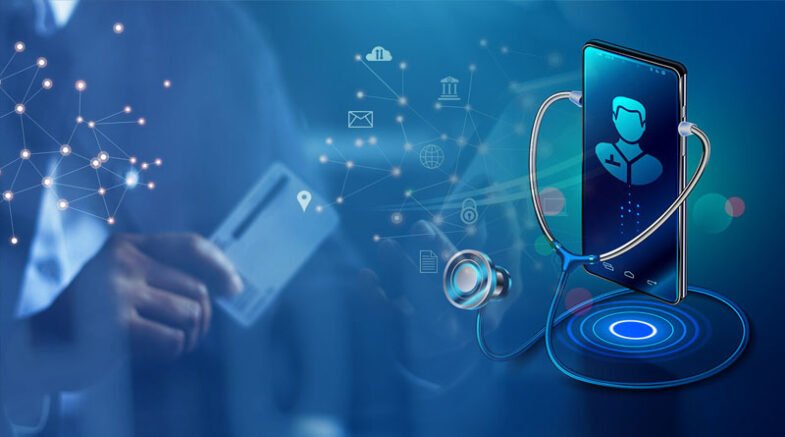The most important idea is that it is possible to build an end-to-end digital primary health-care system tailored to the needs of low-resource settings.

“Technology advancements could significantly enhance patient care and access as managing medical conditions becomes more challenging in rural areas. The widespread adoption of digital payment systems is the first step towards a new high-tech era in healthcare delivery,” said by Sania Nishtar, former chairperson of the Punjab Ehsaas Program.
According to her that “A woman with diabetes in 2025 may be able to access healthcare in two years with the help of technologies like artificial intelligence and the Internet of Things. She could track her blood sugar levels through sweat, send information to her cloud-based, blockchain-secured electronic health record, 3D print metformin pills, order insulin through Amazon, and text message-verify the legitimacy of the pills.”
The most important idea is that it is possible to build an end-to-end digital primary health-care system tailored to the needs of low-resource settings, but there is no financial incentive for private companies to link standalone technologies and no appetite within national health-care systems.
This is especially true given the likelihood of exponential growth in computing power, associated increases in deep learning and neural networks, and breakthroughs in intelligent machines, robotization, and 3D printing.
Looking outside the health industry is necessary to fully realise the potential of this digital transformation. Specifically, one must consider digital payment systems, which, given their widespread adoption, may usher in a new era of health-care delivery.
Health system re-engineering to incorporate digital data and technology is no longer just the responsibility of government ministries. Financial institutions, companies testing out new technologies, and online retailers are all increasingly engaging in it.
Sania Nishtar stated that “I observed the infrastructure needed to support digital payments while I was the chairperson of Ehsaas for three years, Pakistan’s largest social safety and poverty alleviation program. These systems’ fundamental components include switches and gateways as well as legislative and regulatory frameworks. Millions of families could benefit from the unique digital ecosystem that Ehsaas is currently creating.”
The Rashan app provides discounts on select food items at registered kiryanas, or small general stores. This initiative could increase financial inclusion and accelerate the transition from cash to digital payments. Even in the remotest parts of the world, fast-food chains and taxi companies use mobile technologies to deliver goods and services.
An end-to-end digital primary health-care system could mitigate or even surmount systemic problems such as absenteeism, hemorrhaging supply chains, institutionalized theft, low quality of care and responsiveness, rent-seeking behavior, informal payments, and structural inefficiencies.
Investing heavily in digitalization, modernizing payment systems, and formulating policy and regulatory frameworks is essential to realizing a future where a woman with diabetes can treat her condition using a constellation of medical technologies.
Blockchain alone can safeguard security, increase transparency, and potentially prevent fraud and minimize losses in health systems. COVID-19, the inflation crisis, and the climate catastrophe have underscored the need to reshape public institutions and health-care delivery.
